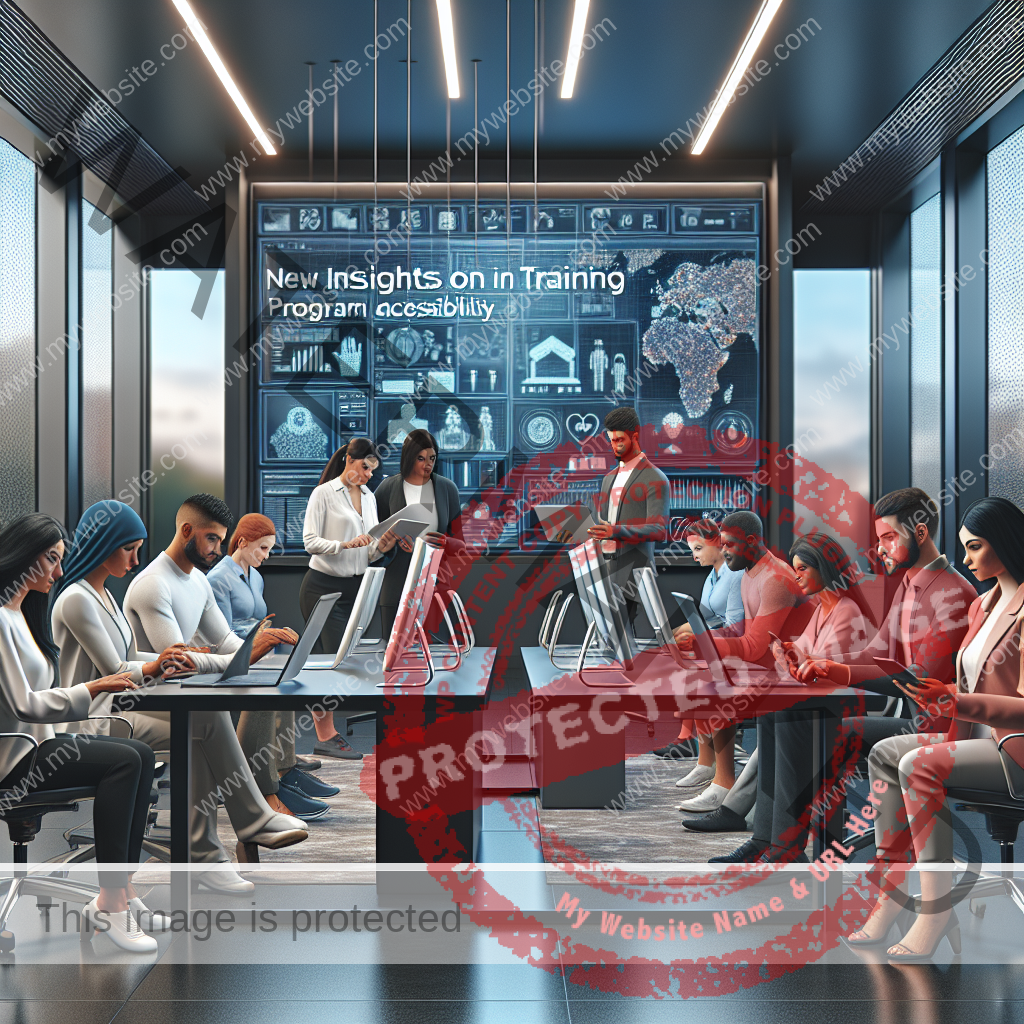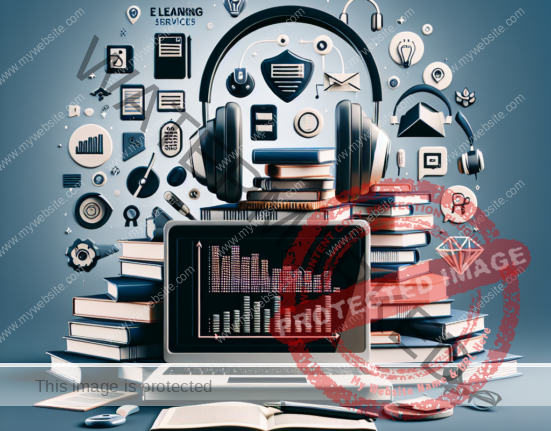A Dive Into Accessibility Concerns
Being an eLearning developer involves a responsibility to ensure that training programs are accessible not only because it’s required by law but also because it’s the right thing to do. Various barriers exist across different areas that can impact the learning experiences of many individuals. By examining these barriers closely, we can create thoughtful questions to tackle accessibility concerns effectively and devise plans to overcome them.
Physical Accessibility
Challenges related to physical accessibility can pose significant obstacles for learners with disabilities or health issues, limiting their ability to access training facilities and resources. It is crucial to make sure that training locations are safe and easy to reach for everyone, including those with mobility limitations. Implementing appropriate accommodations to assist learners with specific physical health needs is vital. By ensuring that training venues comply with the Americans with Disabilities Act (ADA) and are accessible to all participants, we can establish inclusive learning settings for all.
Informational Accessibility
Accessing training materials is essential for effective learning, but a lack of accessibility features can create barriers for some learners. It’s important to present training materials in formats that cater to individuals with diverse learning styles and preferences. Making sure that training content is clear, brief, and simple to navigate for all participants can help address challenges related to informational accessibility. Strategies should be put in place to ensure that training materials are accessible to individuals who may need to access them remotely or while on the move.
Social And Cultural Accessibility
Training programs should represent the varied perspectives and backgrounds of learners to foster inclusive learning environments. By ensuring that training materials reflect the diversity of the learner audience, and by promoting inclusivity and representation, we can cultivate a sense of community and belonging among participants from different cultural backgrounds. Seeking feedback from learners to ensure their opinions are heard and valued is crucial in creating a genuinely inclusive training program.
Support And Communication Accessibility
Effective communication and support systems are essential for addressing learner concerns and supporting mental well-being. Establishing channels and procedures for participants to request accommodations or raise concerns about accessibility is key to creating an inclusive learning environment. Providing resources and support services to help participants overcome barriers and difficulties can enhance their overall learning experience.
Training leaders must address physical, informational, social, and communication barriers to create truly inclusive learning environments where everyone can thrive. By embracing the challenge of dismantling accessibility barriers, we can foster development, encourage innovation, and empower learners from all backgrounds to achieve their full potential.
If you are interested in learning more about this subject, you can find the original article here.
















